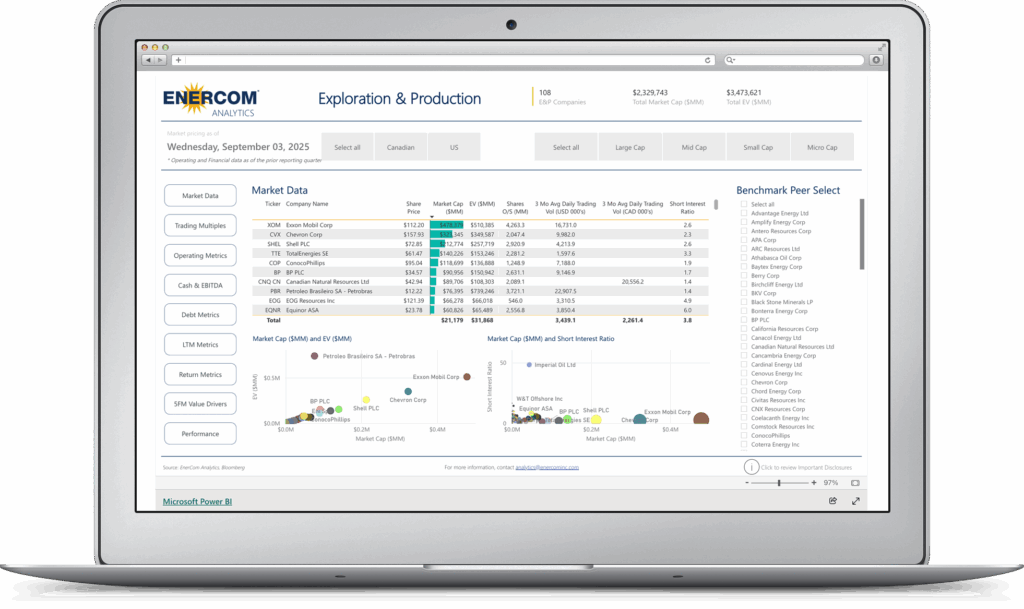From the Dallas Federal Reserve Bank:
Business activity continued to increase in the fourth quarter, according to oil and gas executives responding to the Dallas Fed Energy Survey. The business activity index—the survey’s broadest measure of conditions facing Eleventh District energy firms—rose to 40.1 from last quarter’s 26.7 reading. Several indicators expanded on a quarterly basis for the first time in 2016, including employment and production. Outlooks also improved, despite some skepticism about recent oil producer agreements, which respondents commented on in this quarter’s special questions.
Oil and gas production stopped declining this quarter after falling throughout the year, according to executives at exploration and production (E&P) firms. The oil production index surged nearly 20 points to 9.0, and the natural gas production index was 3.1, up from -20.6 last quarter.
Among oilfield services firms, the equipment utilization index rose again, posting at 35.9. The index of prices received for services jumped from -23.4 to 6.8, its first positive reading in 2016.
Measures of oil and gas labor market conditions turned positive for the first time all year, although the majority of respondents continued to report unchanged headcounts. The employment index came in at 3.4, with 18 percent of firms noting net hiring and 15 percent noting net layoffs. Indexes of wages and benefits and of employee hours also turned positive at 10.3 and 13.7, respectively.
Measures of nonlabor expenses suggested some price pressure. Executives at oilfield services firms reported higher input costs, with the index rising to 13.1 from last quarter’s -3.6. Executives at E&P firms reported lease operating expenses had risen, with the index up from -15.9 to 14.0.
Six-month outlooks improved markedly. The company outlook index shot up 38 points to 57.1. Capital expenditures rose at a faster quarter-over-quarter pace, as did E&P firm’s expectations of 2017 capital spending.
Respondents were more bullish than last quarter about oil prices one-year ahead, but mixed on natural gas prices: 71 percent expect higher oil prices a year from now, while 50 percent expect higher gas prices.

